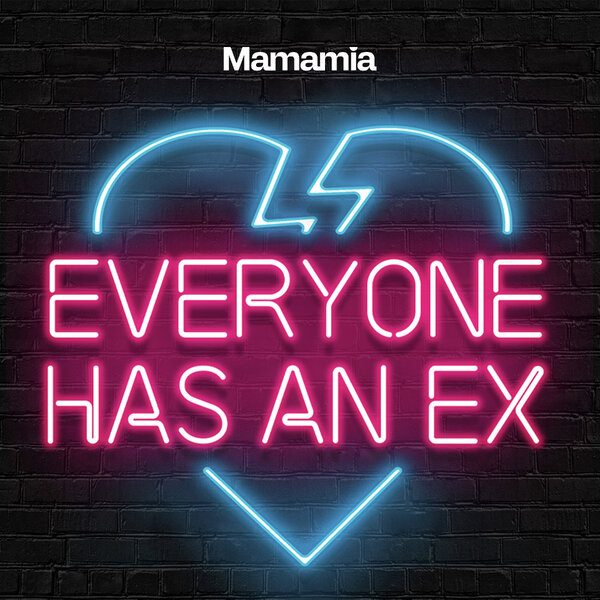There’s nothing quite like coming to work to the smell of semen in the morning.
Being greeted down the microscope by a morass of seething sperm in a mindless frenzy to find their egg. Or a sadder scene of feeble soldiers in fruitless limp rotation, doomed by truncated tails incapable of propulsion. Or, even worse, an eerie, empty field, where no sperm resides and only dust motes will grace a woman’s body.
It was 30 years ago, in the sperm bank of a major Melbourne hospital, and I was charged with the god-like responsibility (and social death) of being Scientist In Charge.
It was my job to analyse the semen of men who feared they were infertile and to recruit a stand-in, a sperm donor, if the news was bad. Donors were selected for lack of disease and good sperm, and were matched to couples by looks and blood type, their washed sperm stored in coded straws in massive vats of liquid nitrogen (beside which I was once embarrassingly interviewed for TV, eight months pregnant… ). In couples where this didn’t work, eggs and sperm were taken out of the body and fertilised in the lab, by the then brand new technology of IVF, or in vitro fertilisation. Louise Brown, the world’s first IVF baby, was born in the UK in 1978, and Australia’s first just one year later.
Being immersed in the salty moisture of others’ sex lives was confronting, but it did put me on the frontline of a medical technology that took the making of babies out of the mysterious realm of women’s bodies, and into human hands for the first time in our six million year history. Humans – renowned for their greed, voracity, market-driven decisions, male-control and imperious use of others less fortunate – now, theoretically, ruled the realm of procreation. I was witness to the shocked predictions of what may come when markets, men and blind drive to procreate, combined. This month’s unseemly battle between the luscious Sofia Vergara and her spurned ex, Nick Loeb – trying to grasp their frozen IVF embryos and force her to be genetic mother to his children – is a perfect example of where it was all heading.

